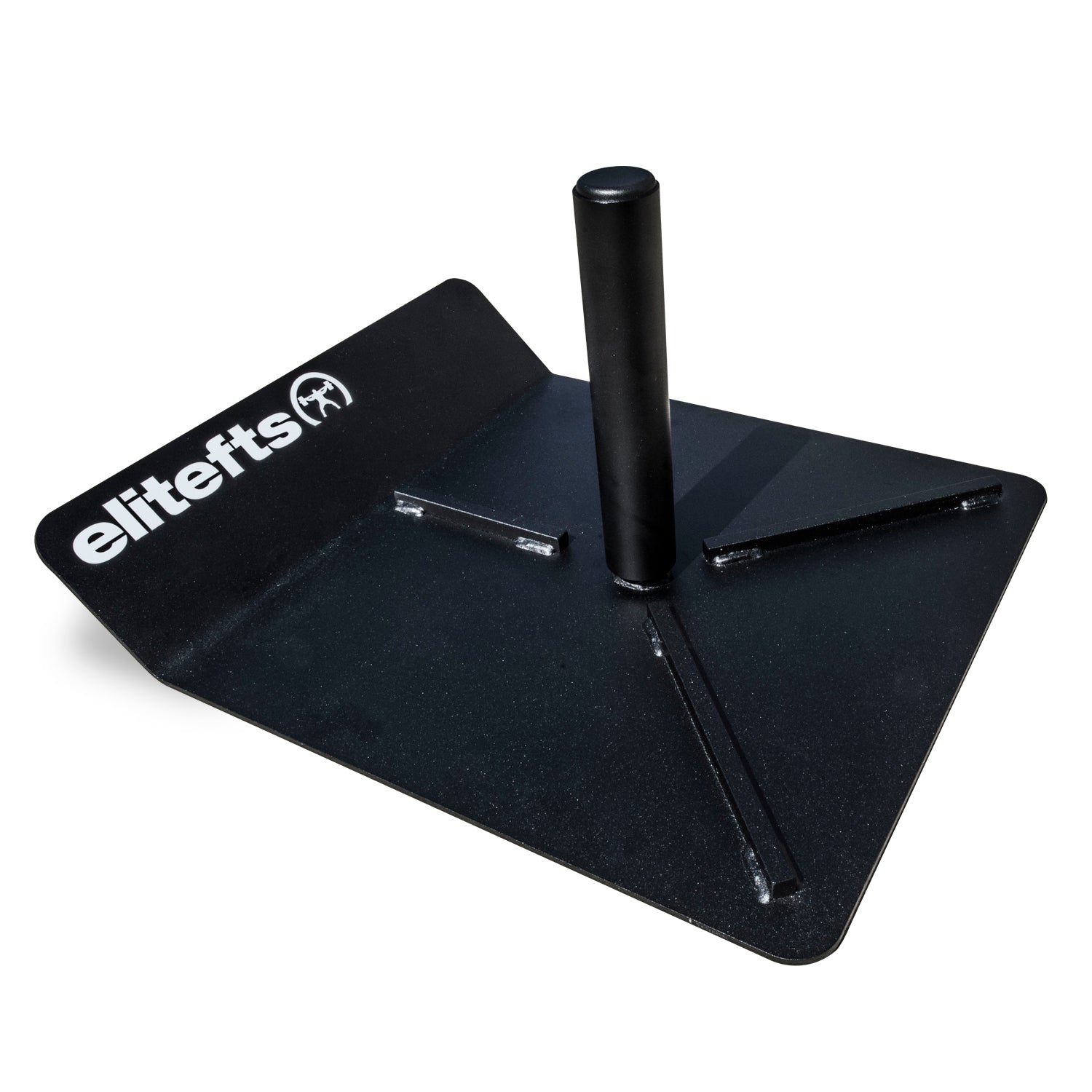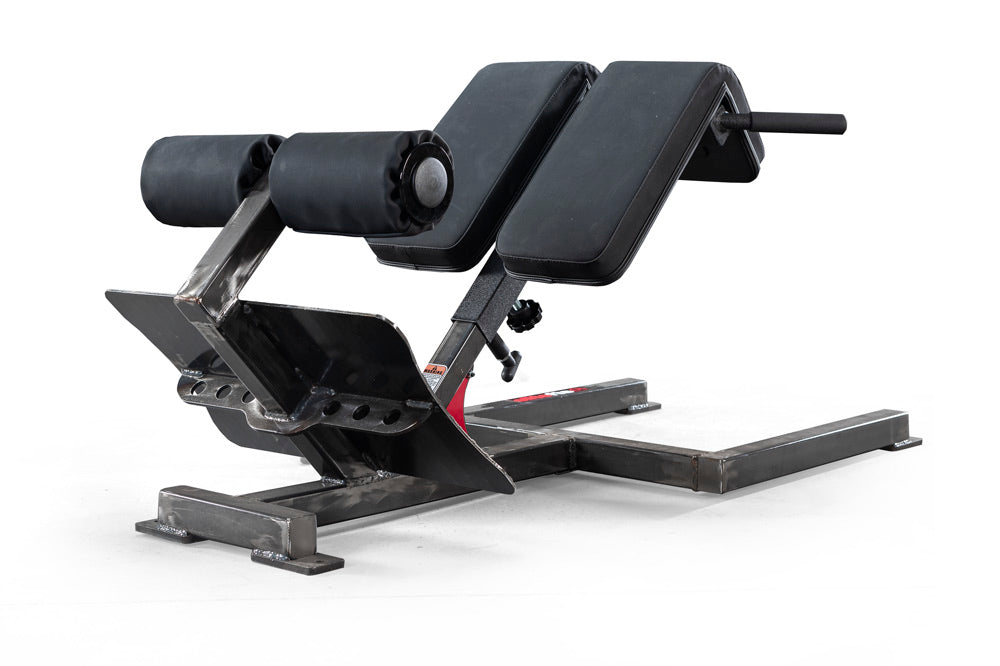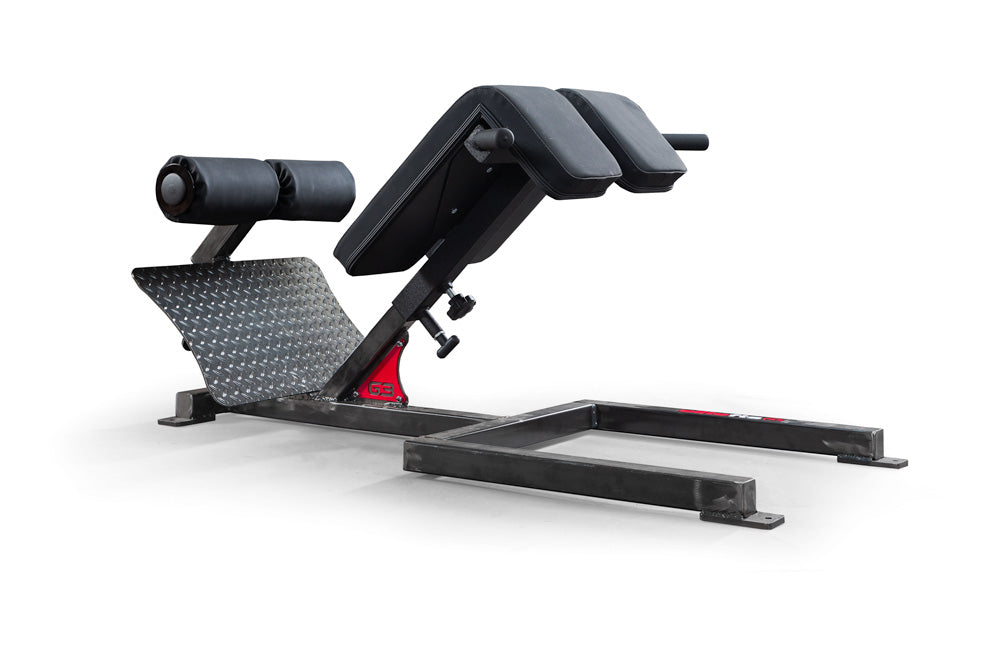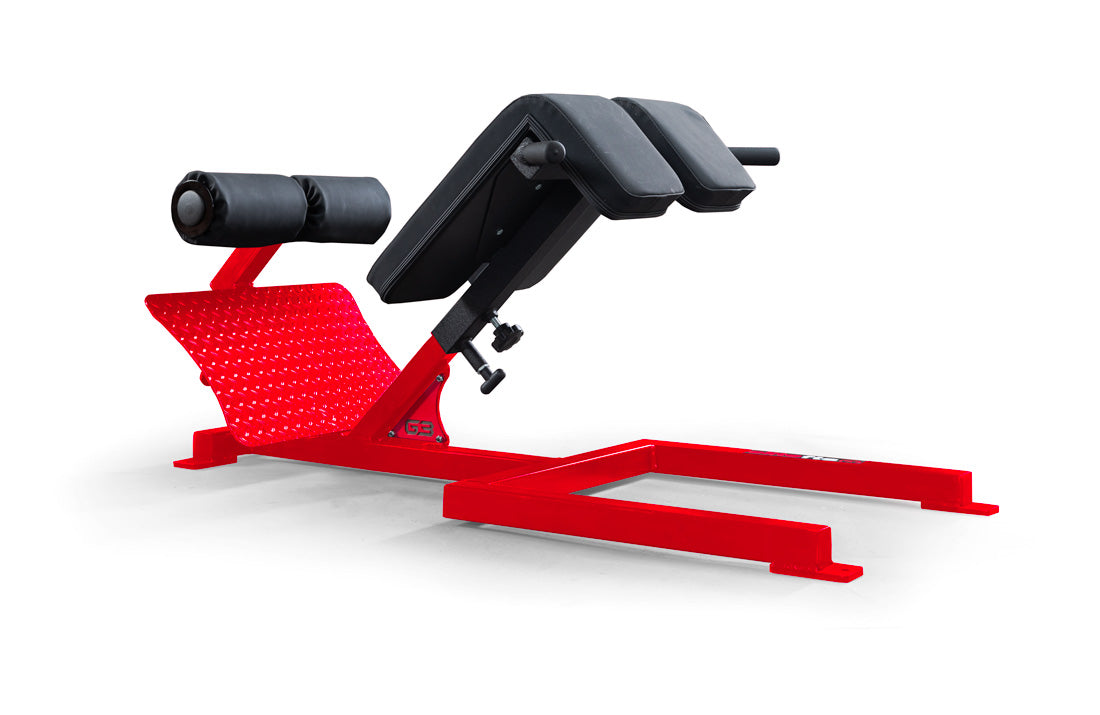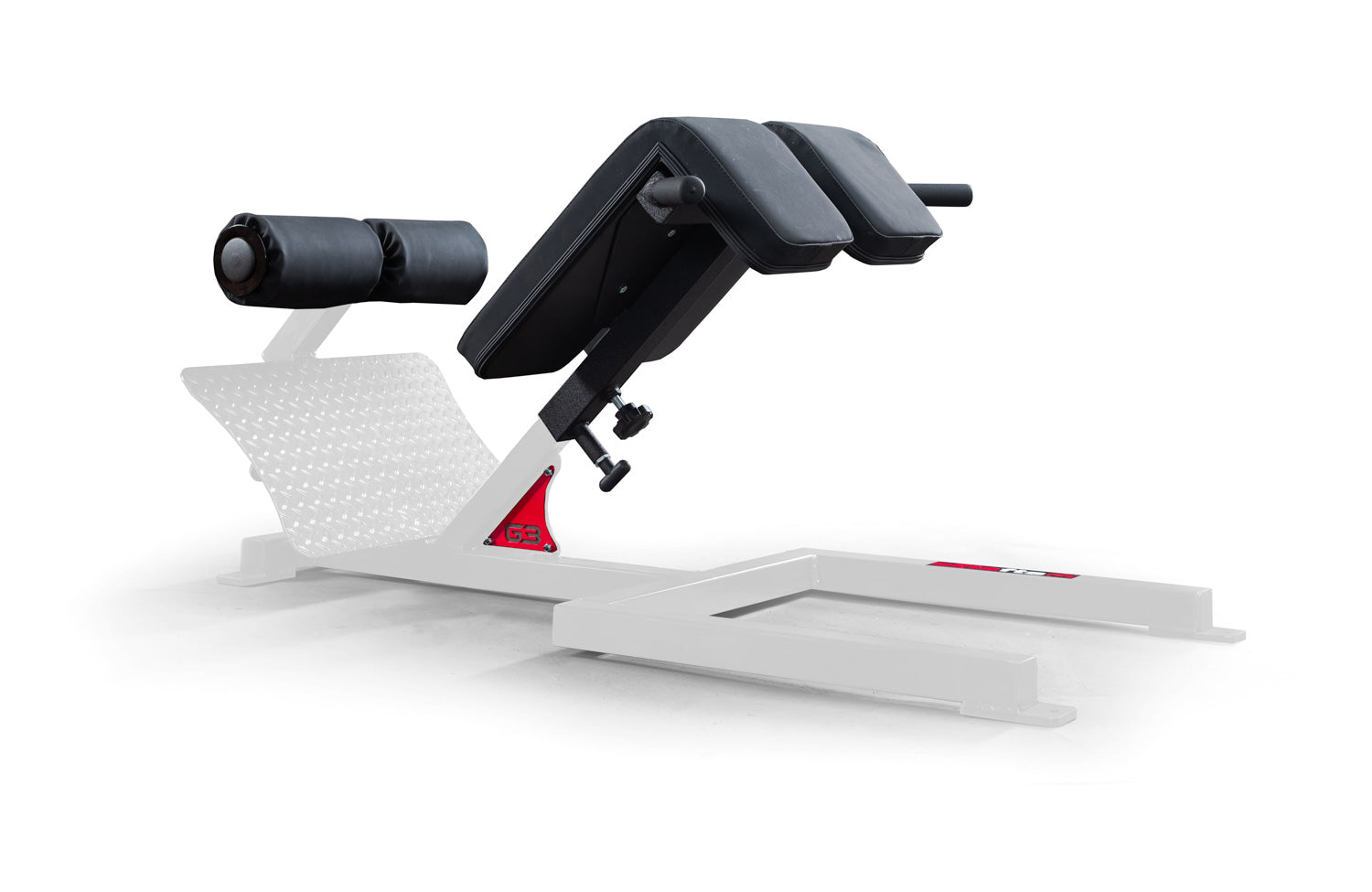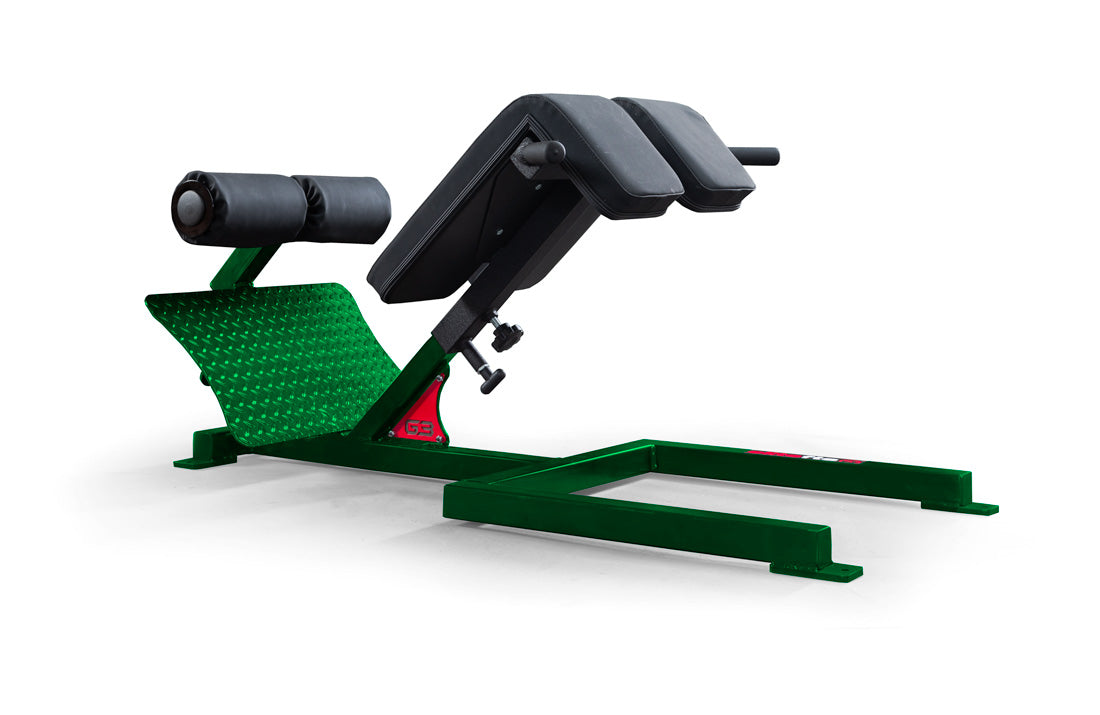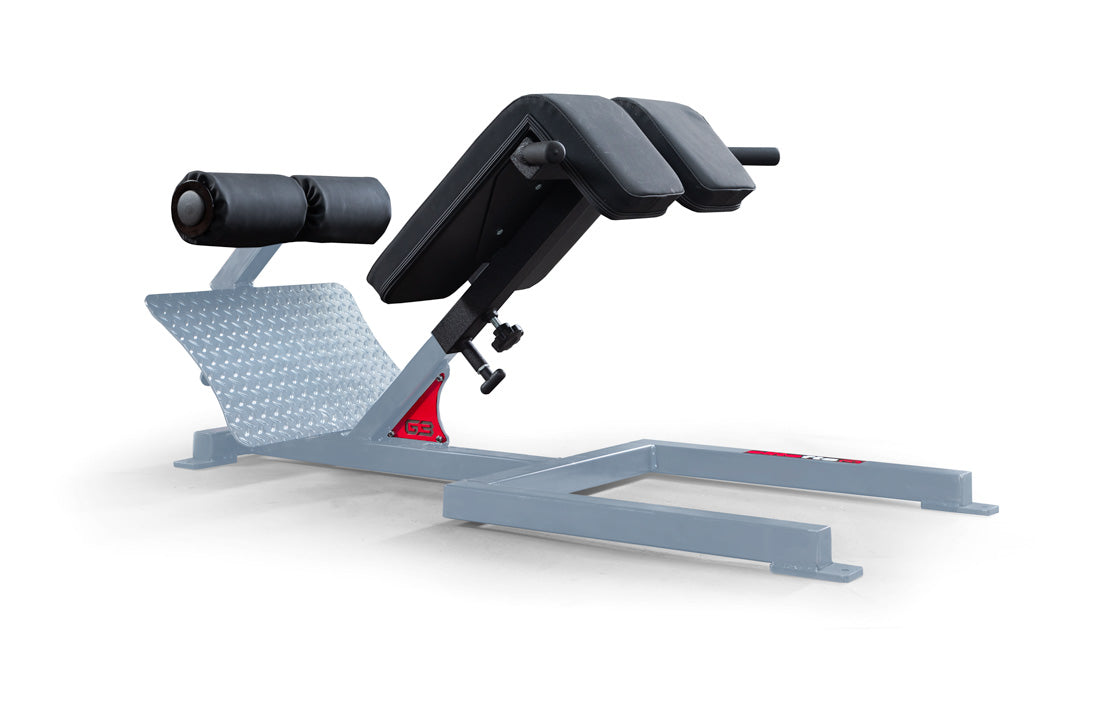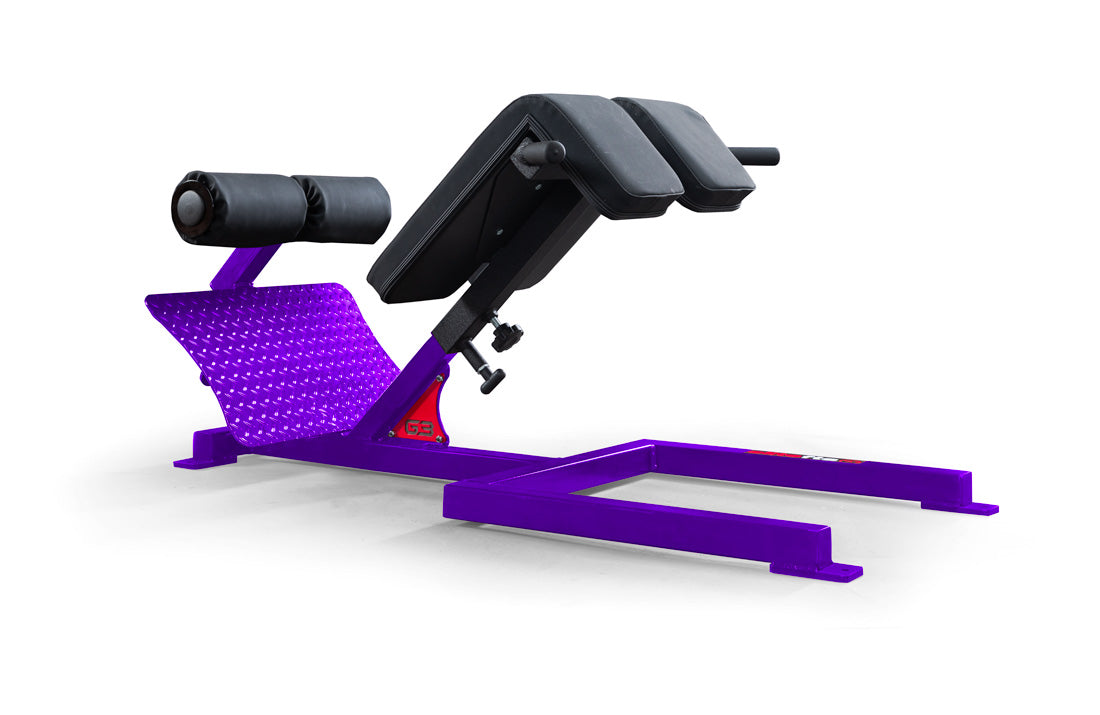Fighters and grapplers need to be incredibly fit all around. They need it all; great aerobic and anaerobic endurance, great strength endurance, power endurance and extreme mental toughness. There is a lot of confusion on how a fighter or grappler should train. Managing their time between training in the ring / mat and in the gym (or out of the gym) becomes important.
With all the time these athletes spend in actual skill and live training sessions their energy levels and the amount of recuperation is much less than the average athlete. A lot of their sparring is strength training per se. They are constantly pushing, pulling, lifting, rotating and more. Due to all of their time spent training we want to make sure we do not overdo it by pushing them more and more to the point where overuse injuries, mental and physical burn out become a side effect of the training.
We use a variety of methods for training our grapplers but there is one way that has worked very effectively and you can use it or tweak it to see how it works. The art of coaching is key here so learning how to taper or apply training methods for each individual comes into play. The problem with fighters is they have the mentality of “out working” their opponents. The philosophy of training smart equates to harder training for most fighters. This is where you need to understand their body while communicating with your fighters constantly. Asking about current injuries, emotional and physical state will be a huge step towards learning what works best for your fighters and grapplers.
We always start our work outs with a thorough warm up. We take some from the Parisi warm up, and also added some other calisthenics and band work using the Jump Stretch bands. We may also incorporate some light reverse hypers and kettlebell swings before we start the grunt of the work out. Sometimes this warm up is slightly extended to get the athlete mentally warmed up. After working or going to school for half a day, then training at their dojo or club and then coming to strength train can be a long day. A good warm up with some pumping tunes might be all your athlete needs. As mentioned before, incorporate the “art of coaching” and determine if your athlete can go through a tough training session or if they need a lighter more recuperative day.
We will often start with a max effort exercise using short rest periods and reps in the range of 3 – 5 on our heavy sets. The warm up sets as we build up have a rep range of 5 – 10. Some examples of our max effort exercises might be:
- Flat / Incline barbell or dumbbell bench press
- Deadlifts (all variations: trap bar, straight bar, bent knee, sumo, RDL, and sometimes we add chains to the DL movement)
- Heavy Rowing motion: 1 arm rows, bent over barbell rows, t bar rows on the grappler
- 1 arm or 2 arm clean and press or military press: Kettlebells, dumbbells or sand bags
- Squats of all variations: box squat, sand bag squat (sandbag held in front or on shoulders), kettlebell squats
The tools for time under tension can be almost anything, but here is a list of tools me way use for TUT:
- Sandbags
- Barbells
- Dumbbells
- Kettlebells
- Sleds
- Sledge Hammer
- Bodyweight
- Wooden Logs
Sandbag / 5 minutes:
- Clean & press x 5
- Zercher squat x 5
- Good morning / RDL hybrid (hold bag in zercher position tightly against chest) x 5
- Reverse lunges x 10
- Turkish get up x 5 (holding sandbag against chest or w/arms extended)
- 1. Power clean from ground x 1 rep2. hang clean x 1 rep
After the 3 rep complex above, Kevin rested 30 seconds and would keep repeating for 10 minutes. This complex represented an explosive bout that may happen during a fight. Notice I said “May happen.” As Coach X has stated, every program has flaws and nothing is perfect. There may or may not be a 30 second explosive bout of action during a fight, who knows! The fight may not even last 30 seconds! This is why I use a variety of TUT rounds such as 5 minute rounds like above, or one exercise for one rep done for 5 minutes such as a burpee, clean, squat & press combo with a barbell, kettlebells or sand bag. We might do this 1 rep combo followed by a 15 second rest period. The 15 second rest period can represent the time where the grappler is in the guard and working for good positioning but not exploding aggressively.
How can you create a work out that has carry over to your style of fighting or grappling? Perhaps you might perform exercise on your back to improve your ground game. You might perform floor presses and various sit up movements with kettlebells and only perform the bottom portion of Turkish get ups for a total of 5 – 10 minutes.
I can’t emphasize enough how much I have learned from the coaches here at Elite so keep coming back to learn from these great coaches. One last point I must drive home that Jim Smith emphasizes (which has led me to listen more and more to my athletes) is that of individualizing the program as much as possible to meet the level of GPP and overall conditioning that you or your athletes posses. Some athletes can handle a lot of volume and intensity while other reap great gains from short work outs that have a lower intensity level.
For example, I trained a high school wrestler with only time under tension variations during his in season once a week for no more than 20 minutes including his warm up! To me this seemed it wouldn’t work but he kept stating things such as: “I feel so strong out there and I feel like I am never tired”. I watched his performance improve through the entire season where as most kid burn out mentally and / or physically. In addition this athlete perform little if any max effort training. It worked because we listened to one another and found a time and intensity level that worked best for him!













